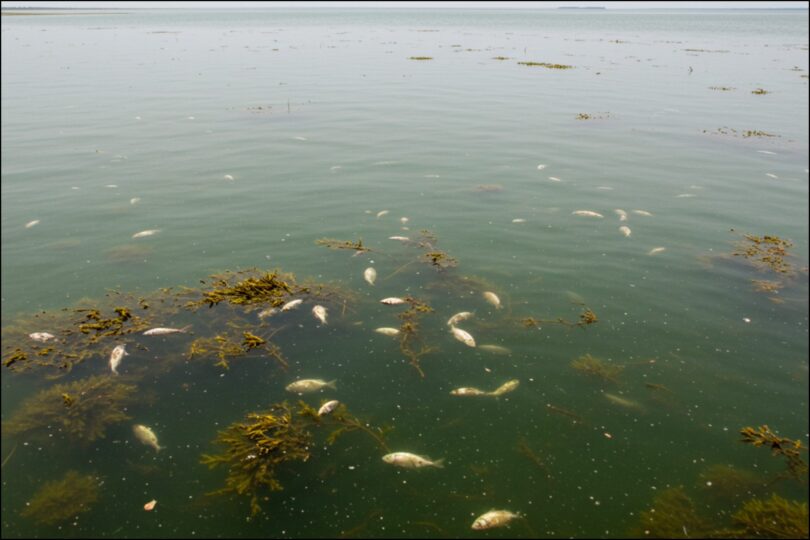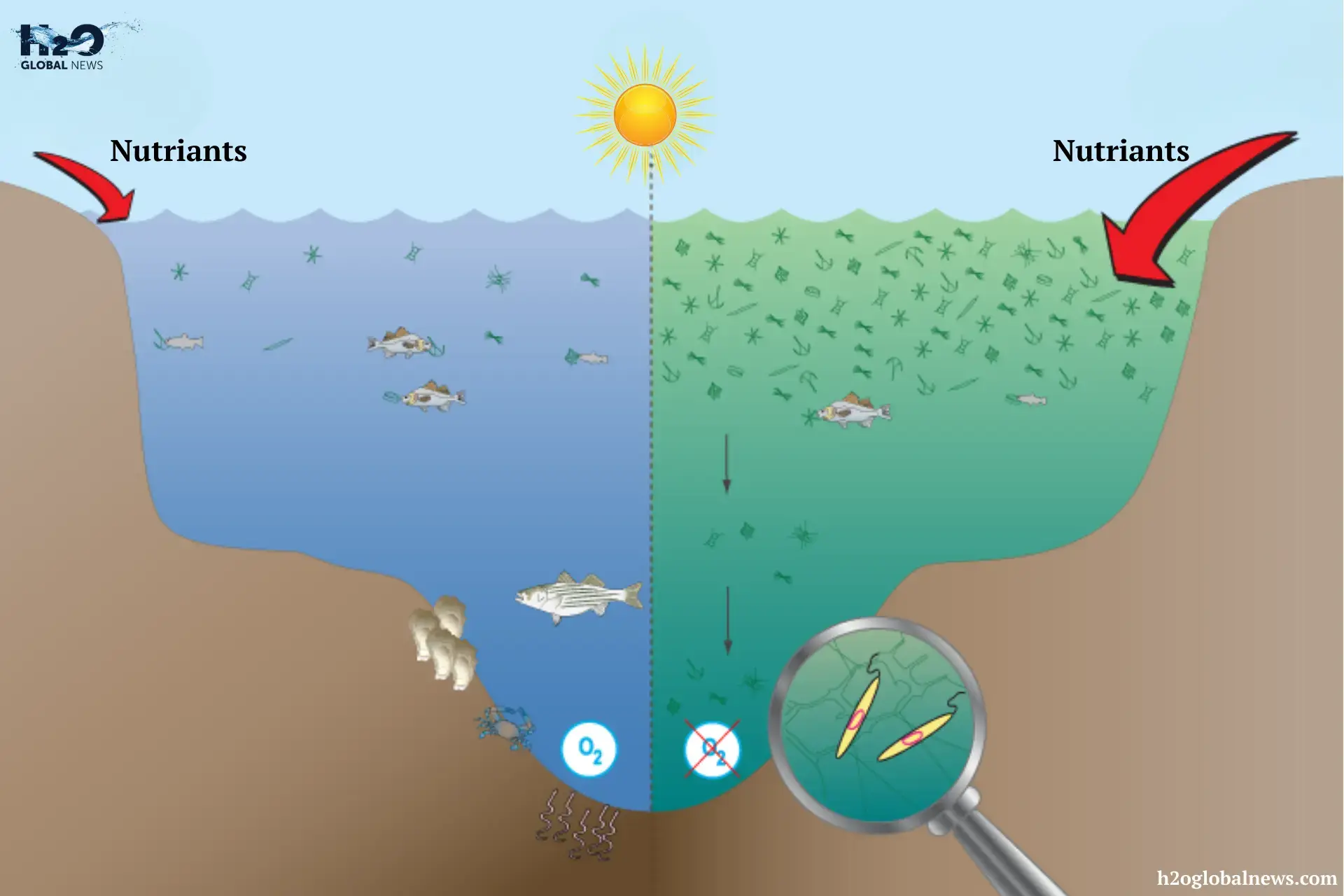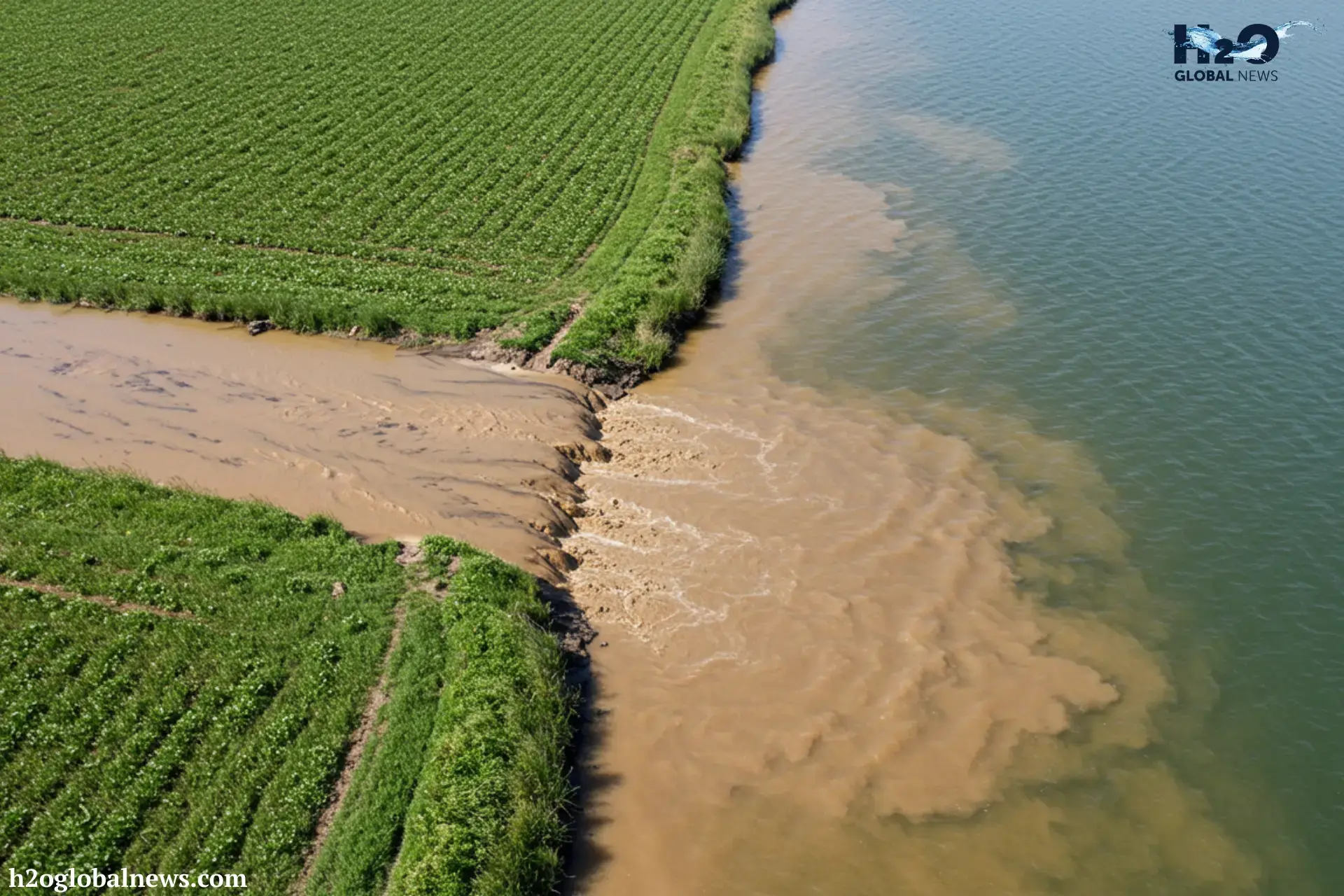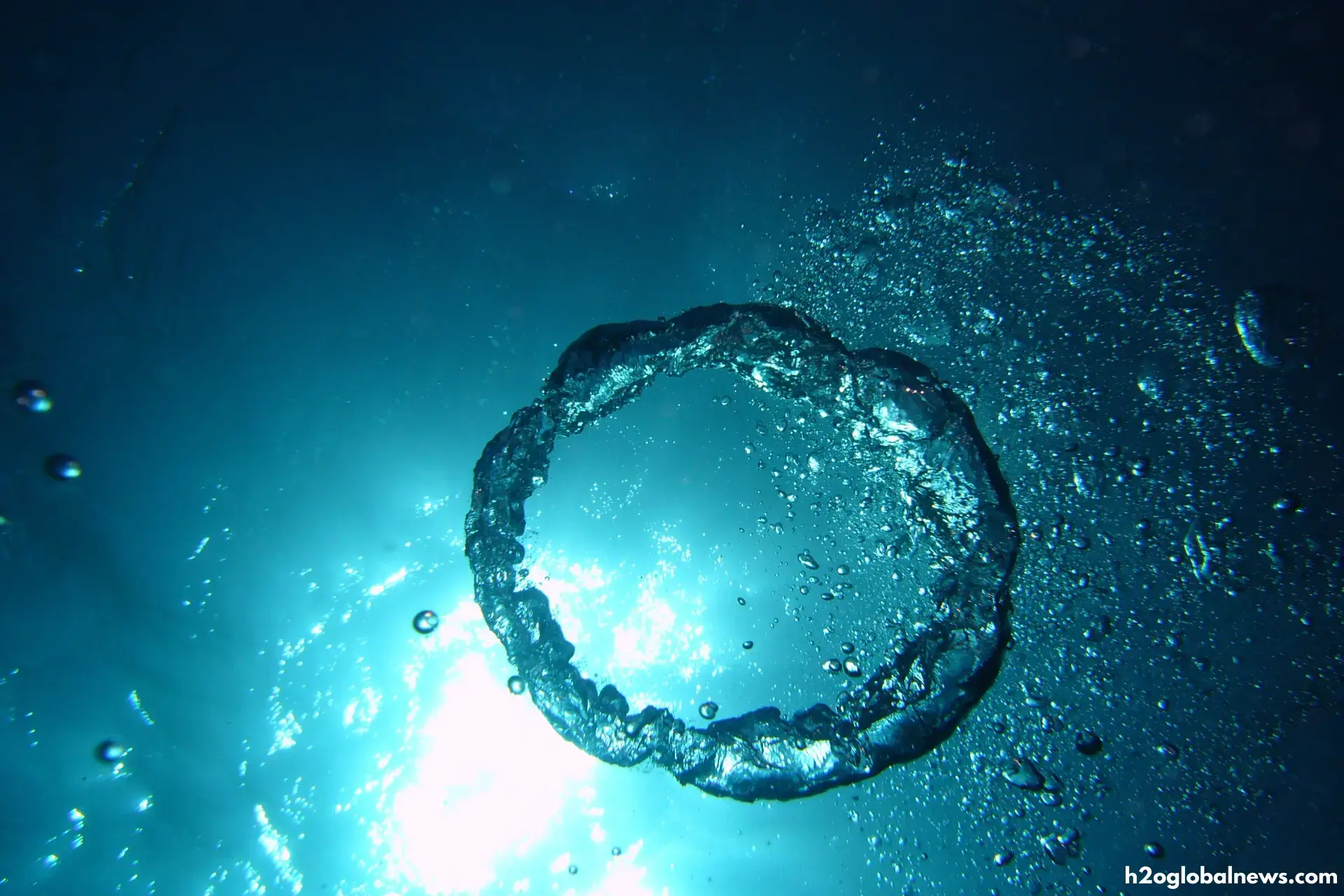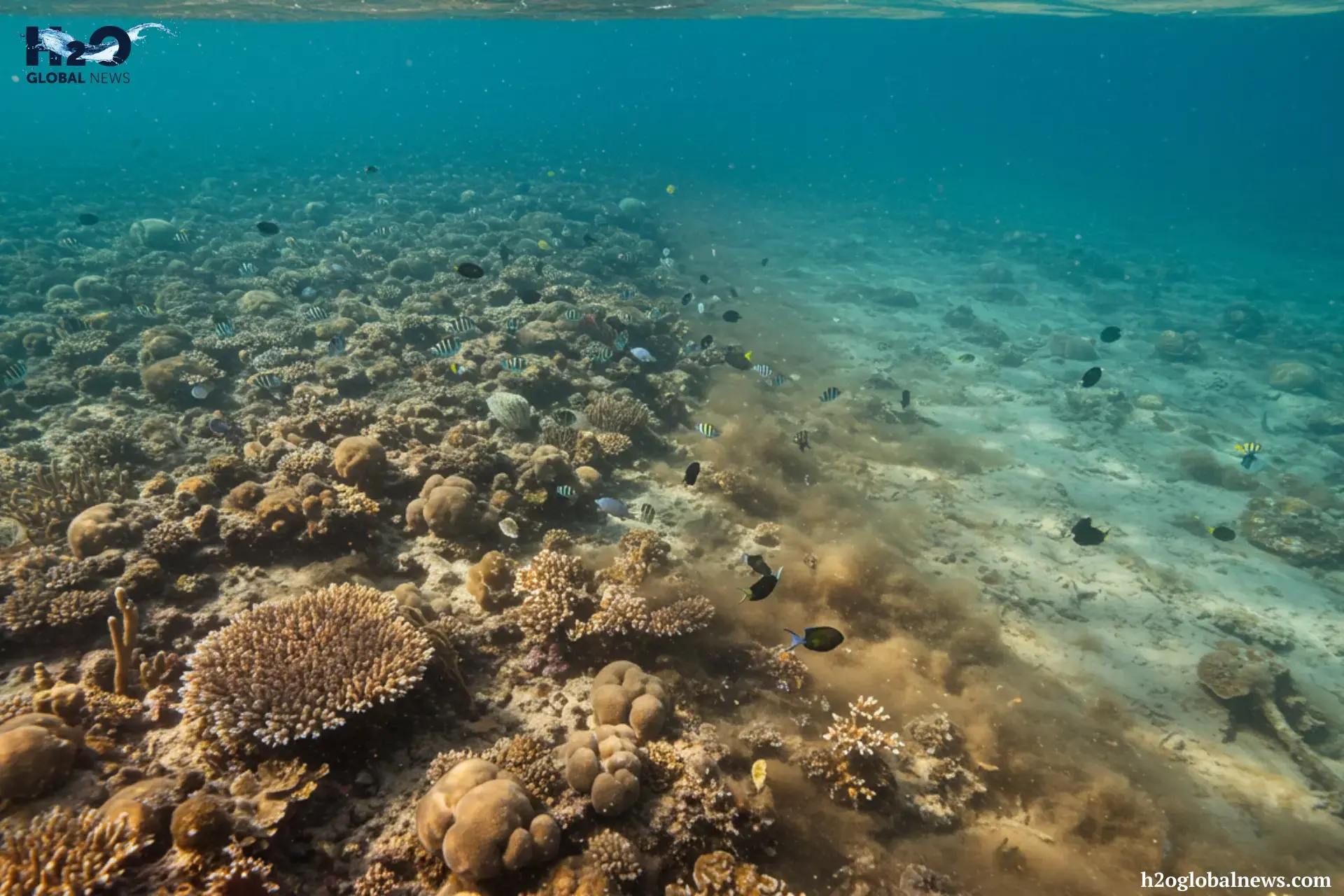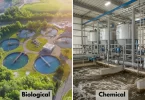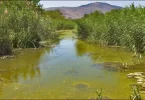Have you ever heard of a place in the ocean or a lake where almost nothing can survive?
These are called dead zones, areas with extremely low oxygen levels, where fish and other marine animals cannot live. Let’s just discuss what dead zones are, what causes them, and how they affect marine life and people.
What are Dead Zones in the Ocean?
A dead zone is a part of a lake, ocean, or other water body where oxygen levels are so low that most marine life cannot survive. Scientists call this condition hypoxia, which means “low oxygen.” You can think of it as an underwater suffocation zone, where fish, crabs, and other aquatic creatures either leave the area or die because there is not enough oxygen in the water for them to breathe.
Oxygen in water is essential for life. Just like we need oxygen in the air, aquatic animals need dissolved oxygen in the water. When oxygen levels drop, it becomes difficult for most marine animals to survive. These oxygen-poor areas become “dead zones”, lifeless, murky waters that cannot support a healthy ecosystem.
The total area of these dead zones is more than 245,000 square kilometers, larger than the entire United Kingdom.
Here are some well-known examples of dead zones in the ocean and lakes:
Ocean Dead Zones:
Gulf of Mexico (USA): The largest in the U.S., mainly caused by nutrient runoff from the Mississippi River.
Baltic Sea (Europe): One of the most hypoxic marine regions on the planet.
Black Sea: Experienced a near-permanent dead zone during the 1980s.
Chesapeake Bay (USA): Suffers seasonal hypoxia due to pollution and warm summer temperatures.
Freshwater Dead Zones:
Lake Erie (USA/Canada): This frequently experiences hypoxia near the Lake Erie beachfront, especially in summer, due to agricultural runoff
Causes of Aquatic Dead Zones
Dead zones don’t just show up out of nowhere. They build up over time, and in most cases, human activity is the main cause. While some natural processes can contribute, it is the activities we undertake on land, particularly in farming and urban areas, that are making our oceans and lakes into oxygen-depleted conditions.
Let’s discuss what causes dead zones.
1- Nutrient Runoff
Farmers often use fertilizers that are rich in nitrogen and phosphorus to grow crops faster. These nutrients aren’t harmful by themselves, but the problem arises when they come out of the soil during heavy rains or irrigation. This runoff flows into nearby rivers, lakes, and eventually the ocean.
It’s not just farms, though. Sewage systems, storm drains, and even lawn fertilizers from cities all contribute extra nutrients to the water.
2- Algae Blooms
Once those excess nutrients enter a body of water, they act like plant food for algae. This causes a massive growth spurt, known as a harmful algal bloom (HAB). These blooms can spread fast, and sometimes covers large areas of water with thick, green scum.
While algae might seem harmless, the real trouble begins when they die. As algae sink to the bottom, they become a feast for bacteria. These bacteria break down the algae, but in the process, they consume a significant amount of oxygen.
3- Oxygen Depletion (Hypoxia)
All that bacterial activity causes a sharp drop in oxygen levels underwater. When the oxygen level drops below 2 milligrams per liter, it creates hypoxia, a condition where most marine animals can’t breathe. Fish, crabs, shellfish, and other creatures try to swim away. If they can’t escape, they die. What’s left behind is a dead zone, an area that’s almost completely lifeless.
Wetlands play a critical role in filtering excess nutrients and preventing dead zones from forming. Explore more about the role of wetlands in improving water quality.
How Do Dead Zones Affect Marine Life?
Dead zones are some of the most harmful consequences of water pollution. Here’s a closer look at how these low-oxygen zones disrupt underwater ecosystems:
Massive Fish Kills
One of the most immediate and visible effects of a dead zone is the sudden death of large numbers of fish. Fish and other marine animals depend on dissolved oxygen in the water to breathe. When that oxygen disappears, they suffocate. In many cases, thousands, even millions of fish die during a single hypoxic event. These deaths can also include shrimp, squid, and other midwater species.
Disrupted Ecosystems
Not all marine animals die in a dead zone; some try to escape. Fish and other species may migrate to areas with higher oxygen levels. However, when too many animals crowd into smaller, oxygen-rich spaces, it causes overcrowding. This sudden migration changes predator-prey relationships and causes food shortages. And then the entire balance of the ecosystem will become disturbed.
Loss of Biodiversity
Some species simply can’t escape. Bottom-dwelling creatures like oysters, mussels, clams, and crabs often stay in one place and are hit the hardest. These animals play an important role in cleaning and filtering the water, so their disappearance can worsen water quality even more. Over time, repeated hypoxic events can wipe out entire populations, reduce biodiversity, and weaken the health of the whole aquatic system.
Economic Damage
The damage isn’t just environmental; it also affects people. Dead zones affect many industries and communities that depend on healthy water bodies:
Fisheries: With fewer fish and shellfish to catch, both small-scale and commercial fishers suffer major losses.
Tourism: Dead fish, smelly water, and ugly algal blooms drive tourists away from beaches and waterfront destinations.
Local Economies: Communities that depend on seafood processing, boat rentals, restaurants, and recreational fishing see fewer customers and lower income.
In the United States, a leading cause of dead zones nutrient pollution, costs the economy more than $2.2 billion annually, according to government estimates. This includes lost revenue from fishing, tourism, and water treatment.
FAQs
1- Can dead zones be reversed?
Yes, dead zones can be reduced or even cleared if nutrient pollution is controlled. Efforts like reducing fertilizer use and planting buffer zones near waterways can help.
2- Where are dead zones commonly found?
Dead zones are found in both oceans and lakes. Some well-known ones include the Gulf of Mexico, the Baltic Sea, and Lake Erie.
3- Are dead zones always visible?
No, they often occur deep underwater. You might only notice dead fish, bad smells, or strange water color.
4- Why should we care about dead zones?
Dead zones hurt marine life, reduce fish catches, and damage tourism and local economies. They are also signs of serious environmental problems that affect water quality and ecosystems.
5- Is climate change linked to dead zones?
Yes. Warmer water holds less oxygen, and more intense rainstorms wash more nutrients into water bodies.
Conclusion
Dead zones are lifeless underwater areas caused mostly by human pollution. They harm marine life, damage local economies, and reduce water quality. While the damage is serious, it’s not permanent. By reducing nutrient pollution and protecting our waterways, we can help bring life back to these areas and protect the future of our oceans and lakes.



